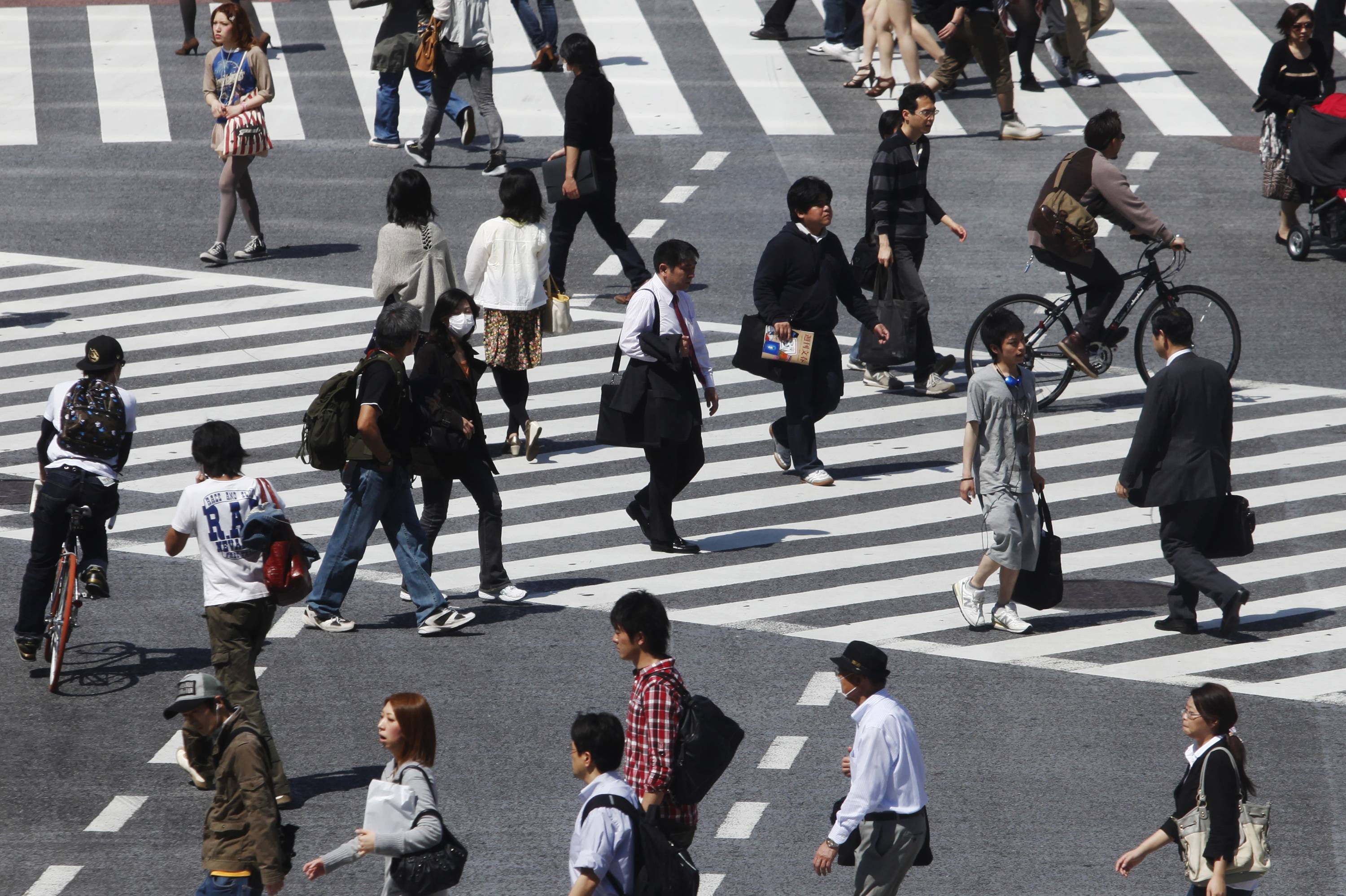Since the onset of winter, the rampaging coronavirus has seemed unstoppable. Yet, compared to the Spanish flu of 100 years ago, the number of COVID-19 victims is small. More than 50 million people died from the Spanish flu out of a world population of about 2 billion at that time — that’s 2.5% of the total. In contrast, the current world population is about 8 billion. The percentage of deaths is only 0.02%. The gap between the two figures is immense.
Why this gap? The World Health Organization’s legally binding International Health Regulations, revised in 2005, state that in the event of a potential pandemic event, member countries must assess the risk to public health and then notify the WHO within 24 hours. Upon receipt of the information, an emergency committee session at the WHO will deliberate the matter and then provide the necessary information to member countries. COVID-19 was declared a pandemic by the organization on March 11.
For his part, however, U.S. President Donald Trump has criticized the WHO for allegedly holding a pro-China stance, and on July 6, he formally notified the United Nations that the United States was withdrawing its support, which attracted worldwide attention. There’s suspicion that President Trump, with his words and actions, was attempting to shift blame for his mismanagement of the U.S. COVID-19 response, having been accused of not taking the disaster seriously enough.

















With your current subscription plan you can comment on stories. However, before writing your first comment, please create a display name in the Profile section of your subscriber account page.